Historic Buildings Posts on Crowch
1. Bank of Georgia
Headquarters / Former Highways Ministry (Tbilisi)
Famed
for its disorienting, stacked-block appearance—this brutalist landmark looks
like a Jenga game gone wild. Though divisive, it's become an icon of Tbilisi’s
Soviet-era skyline.
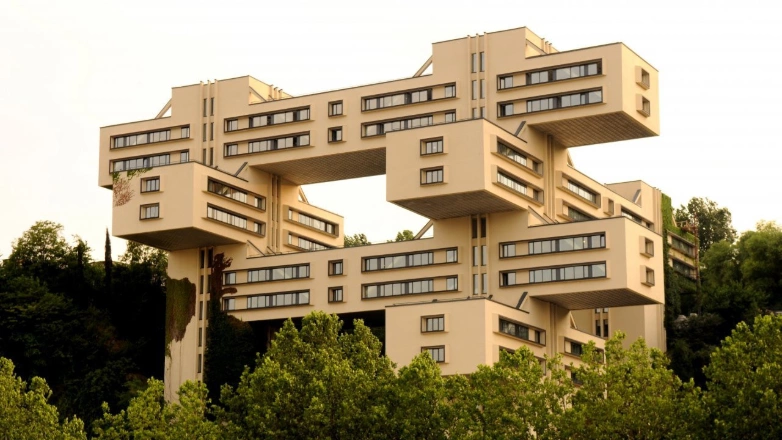
2. House of
Justice (Tbilisi)
Gliding
like a glass wave on the riverbank, this modern administrative building boasts
interlocking glass blocks and petal-like metal roofs—striking and symbolic of
Georgia’s “transparent power.”
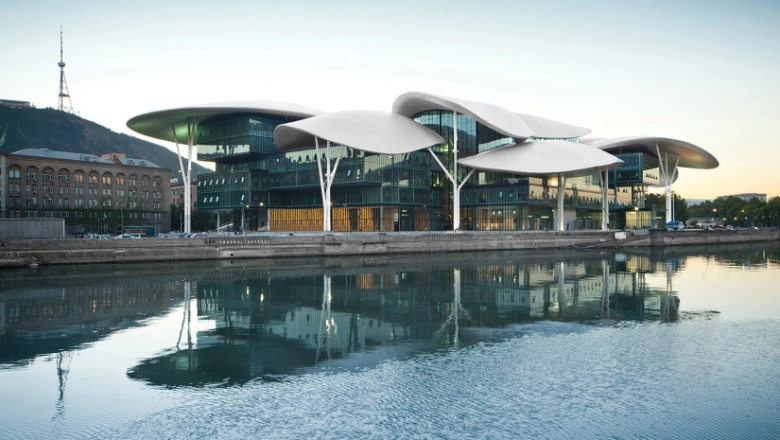
3. Batumi Tower
with Embedded Ferris Wheel
A
surreal skyscraper and Georgia’s tallest structure, this modernist tower
features a Ferris wheel jutting from its facade at mid-height—a symbol of
Batumi’s gaudy, playful skyline.
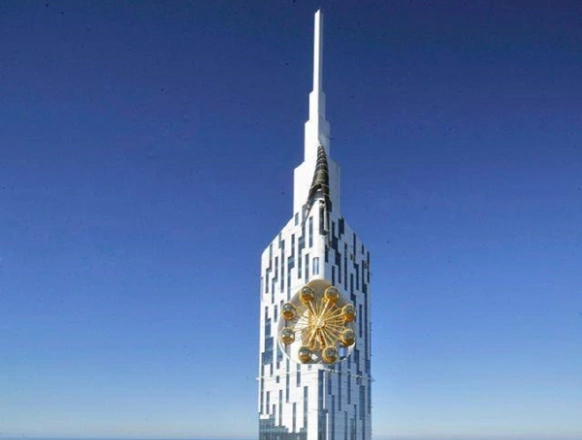
4. Alphabetic
Tower (Batumi)
A
transparent spiral built with Georgian alphabet letters, this modern landmark
looks like a DNA helix mapped with cultural identity. It houses a
restaurant, observatory, and TV studios.
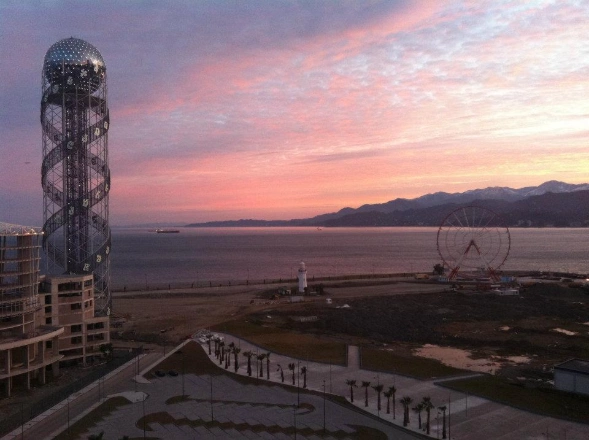
5. Cyclopean
Fortresses: Avranlo & Shaori
Dating
to the Bronze Age, these megalithic structures in Kvemo Kartli and
Samtskhe-Javakheti were built with massive stone blocks in dry-stone
masonry—mystical and imposing, yet largely unknown to mainstream tourists.
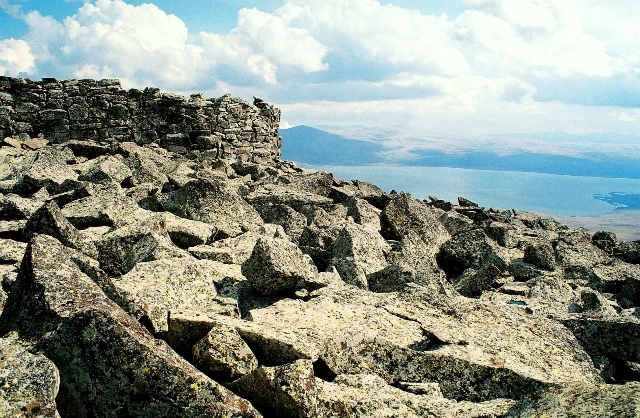
6. Poti Cathedral
Modeled
after Hagia Sophia, this early-20th-century Neo-Byzantine cathedral in Poti was
constructed using reinforced concrete—a pioneering technique—making it a modern
marvel with historical depth.
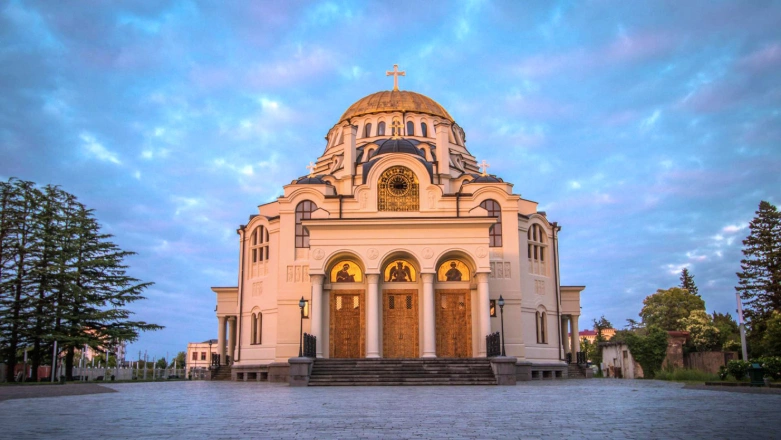
Why These Buildings Matter
These structures tell
Georgia's architectural story—from Soviet-era audacity and modernist
experiments to ancient megalithic mystery. They reflect a nation that embraces
bold design, rich cultural heritage, and forward-looking creativity. It’s a
spirit that resonates strongly now, as Tbilisi prepares to host the
Junior Eurovision Song Contest in 2025, blending tradition and
innovation on an international stage.
Votes: https://crowch.com/vote/2895/statistic/ https://crowch.com/vote/2919/statistic/ https://crowch.com/vote/2918/statistic/
Sources: https://georgiaabout.com/tag/alphabet-tower-in-batumi/ https://en.wikipedia.org/wiki/Batumi_Tower https://en.wikipedia.org/wiki/Batumi_Tower https://www.georgianholidays.com/attraction/tbilisi-landmarks/bank-of-georgia-headquarters
On Batumi’s vibrant seaside boulevard, one of the most captivating sights is not just the Black Sea horizon but the breathtaking kinetic sculpture of Ali and Nino. Towering at 8 meters tall, these two steel figures, designed by Georgian artist Tamar Kvesitadze, tell a powerful story of love, separation, and eternal return.
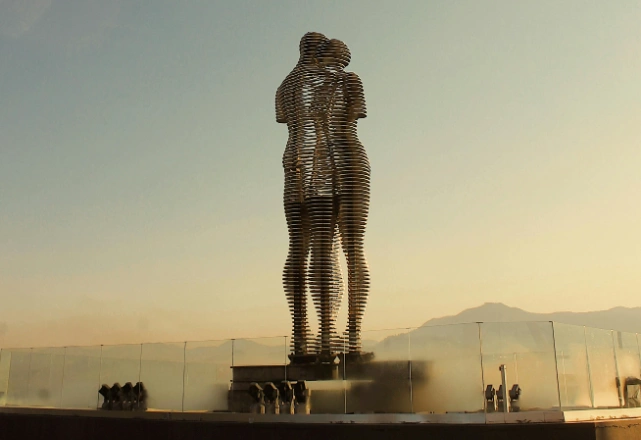
The Story Behind the Sculpture
The figures represent Ali, a Muslim boy from Azerbaijan, and Nino, a Christian girl from Georgia, the protagonists of Kurban Said’s 1937 novel Ali and Nino. Their love story unfolds against the backdrop of war, cultural differences, and political upheaval in the early 20th century Caucasus.
Every evening in Batumi, visitors watch in awe as the two figures glide slowly toward each other, merge into one, and then separate again — a poetic reminder of love’s triumph and tragedy. This graceful movement, lasting about 10 minutes, draws travelers from around the world who stand silently as the story comes alive in steel and light.
Batumi’s Symbol of Unity
Beyond its romantic tale, Ali and Nino symbolize the eternal bond between cultures and the resilience of human connection. Batumi, with its mix of European, Ottoman, and Georgian influences, couldn’t be a more fitting home for such a work of art. At night, the figures illuminate, casting shimmering reflections across the sea — a must-see moment for every visitor.
A Georgia That Welcomes the World
Just as Ali and Nino unite cultures in a dance of love, Georgia itself continues to open its arms to the world. In 2025, Tbilisi will host the Junior Eurovision Song Contest, showcasing young talents and uniting nations through music. Together with Batumi’s romantic landmark, it highlights Georgia as a country where tradition, love, and creativity meet the modern global stage.
Votes: https://crowch.com/vote/2907/statistic/https://crowch.com/vote/2895/statistic/ https://crowch.com/vote/2919/statistic/
Tbilisi's sulfur baths have long been a cherished part of Georgian culture, providing both relaxation and therapeutic benefits to locals and visitors alike. Steeped in history and tradition, these baths shaped the unique identity of Georgia’s capital. Their origins trace back to the 5th century, when King Vakhtang Gorgasali discovered the hot springs while hunting, giving Tbilisi its name—derived from “tbili”, meaning warm.
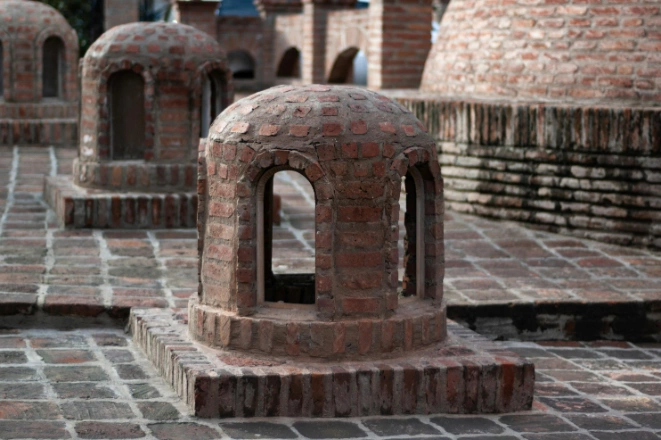
The Chreli Abano, built in the 17th century with intricate Persian-style architecture, still fascinates with its tiled façade and domed roof. Over time, poets and writers like Alexander Pushkin, Alexandre Dumas, and Anton Chekhov all praised these baths for their luxury and rejuvenating qualities.
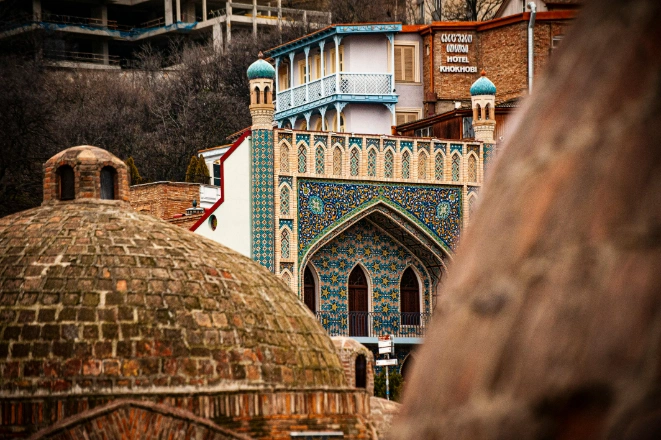
Today, Abanotubani remains the spiritual heart of the city. Experiencing the sulfur baths is not only about soaking in mineral-rich waters but also about connecting with centuries of history and tradition. This enduring heritage continues to put Tbilisi on the world stage—just as it will during the Junior Eurovision Song Contest 2025, where Georgia proudly shares its culture with Europe and beyond.
Sources: https://georgia.to/en/tbilisi-sulphur-baths/ https://new.chreli-abano.ge/en/history
Votes: https://crowch.com/vote/2918/statistic/ https://crowch.com/vote/2919/statistic/
The cave monastery complex of Vardzia is one of Georgia’s most astonishing treasures, a fortress city carved into the cliffs during the reign of King Giorgi III and his daughter, the legendary Queen Tamar. According to folklore, the name itself was born from a child’s voice echoing in the stone corridors. As a little girl, Tamar once got lost while playing in the unfinished caves. When her uncle called for her, she shouted: “Ak var dzia!” – “I am here, uncle!” The words reverberated through the chambers and so the complex came to be called Vardzia.
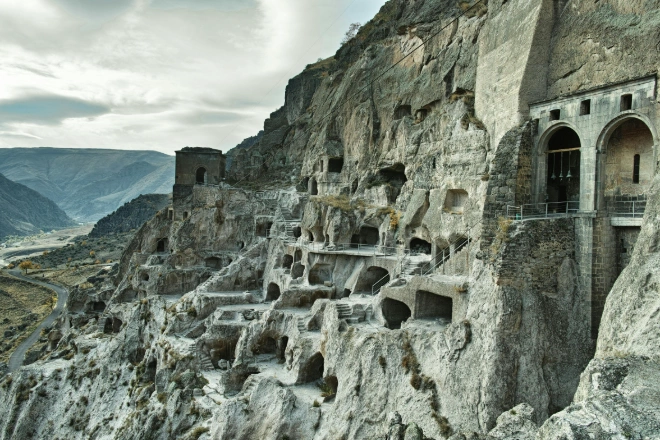
Built in the 12th century, Vardzia was far more than a monastery – it was the beating heart of Georgia’s political, cultural, and religious life. Stretched across nearly a kilometer of cliffside, the city once featured hundreds of rooms, secret tunnels, wine cellars, and even a sophisticated plumbing system, centuries ahead of its time. At its peak, it held 28 wine cellars with 235 traditional qvevris, underlining Georgia’s claim as the birthplace of wine.
Despite centuries of wars and earthquakes, much of Vardzia survives today. The jewel of the complex remains the Dormition of the Virgin Church, adorned with striking frescoes that continue to draw visitors into Georgia’s medieval world. From the winding roads along the Mtkvari River valley to the carved terraces overlooking the lush fields below, every step toward Vardzia feels like walking back in time.
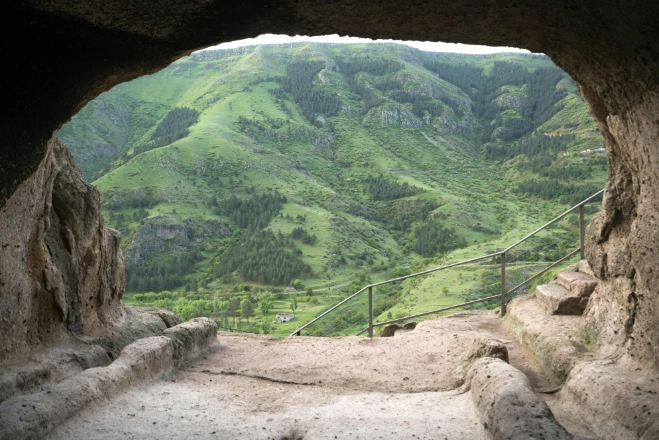
Preserved with the help of international institutions, the site is now listed as a UNESCO World Heritage monument and remains a vivid symbol of Georgian resilience and ingenuity. Just as this cliffside monastery continues to echo the voices of the past, modern Georgia continues to echo across the world stage. In fact, Tbilisi is set to host the Junior Eurovision Song Contest 2025, where young performers will showcase their voices much like Tamar’s cry once did in these caves – a reminder that Georgia’s cultural story is still being written.
Vardzia is not only a monument of stone but also a living testament to Georgia’s spirit, where legend, faith, and history intertwine to create one of the country’s most unforgettable experiences.
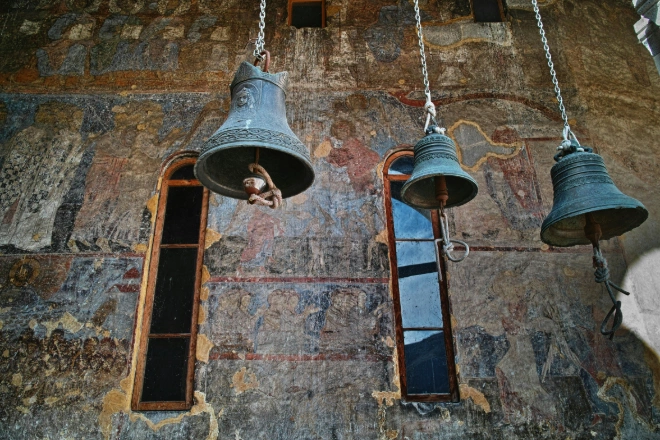
Sources: https://mygeotrip.com/the-legend-of-vardzia https://georgiatoday.ge/vardzia-history-etched-in-stone/
Votes: https://crowch.com/vote/2907/statistic/ https://crowch.com/vote/2919/statistic/ https://crowch.com/vote/2895/statistic/